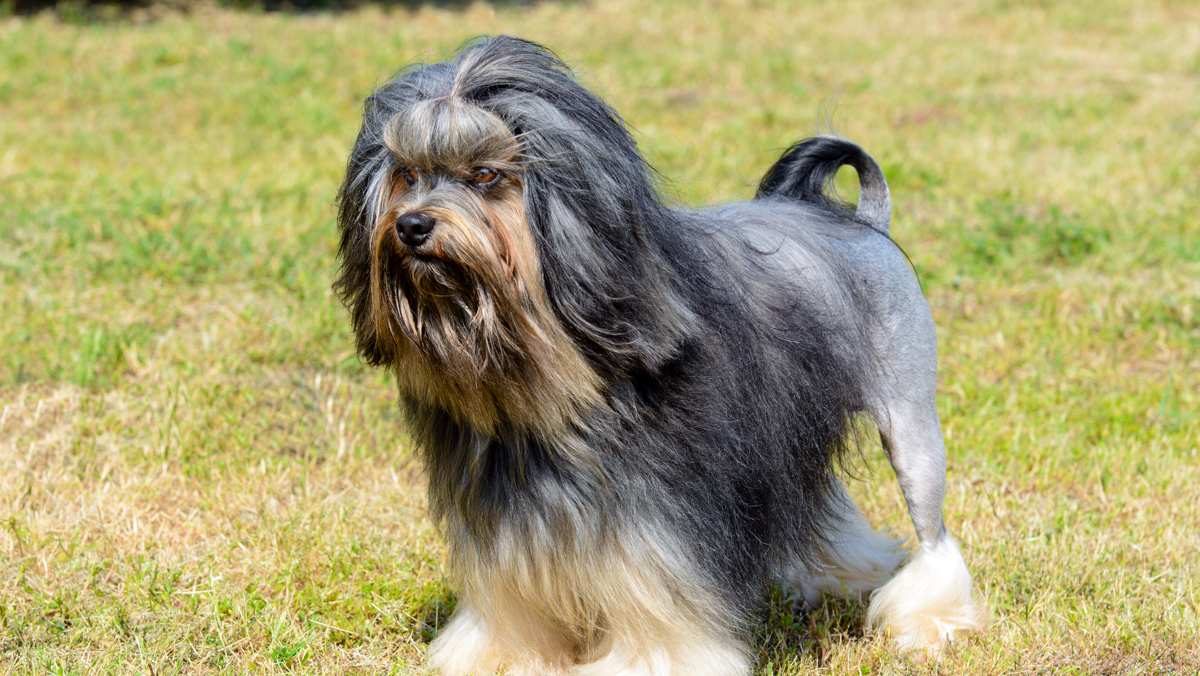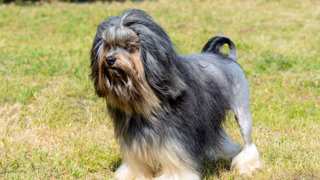Lowchen history reaches back to the tail end of the middle ages, when the "Little Lion Dog" was depicted in art during the mid-15th century. There are multiple theories regarding the breed's origins; some say Russia or Tibet, others say Germany or Belgium, and still others say the Bichon in the Mediterranean. They were popular dogs to many types of people and places — from royalty to serfs, and in castles as well as on farms.
The end of the 1800s was also nearly the end of the breed. Fortunately, a woman named Madelaine Bennert took up the cause to reinvigorate the dog. She was given her first Little Lion Dog in 1897, and she received it from Maximillian de Conick, the first known modern "Lowchen" breeder. A few years later, in 1904, a count named Henry A. Graaf Van Bylandt wrote out the first Little Lion Dog breed standard which he submitted to be published in a book titled "Dogs of all Nations: their varieties, characteristics, points, etc." (1904, London, W.E. Mason).
When Bennert took up the reins, it was just in time. Shortly after she started her breeding program, WWI exploded. Over the next four decades, the two world wars threatened many dog breeds but none so much as the already rare and rather fragile "Lowchen." In 1944, immediately following the end of the second world war in Europe, she reinvigorated her Little Lion Dog reinvigoration program.
It was in 1968 that the as-yet-named Lowchen was exported to the United Kingdom. A few years later, in 1971, the dogs were exported to America. That same year, the Löwchen Club of America (LCA) was founded right alongside the breed's name-change to "Lowchen." By 1976, the dogs were around the world to Australia. Also that year, the UK Kennel Club formally recognized the breed. It took several years, until 1999, for the American Kennel Club (AKC) to recognize the breed.

